Kindred Spirits: The Potato Famine and the Trail of Tears
Generosity, gratitude and the act of paying it forward
My sister sent me an article recently of a small act of kindness that occurred in 1847, a story of giving from one people with meager resources to another, people an ocean away suffering from starvation. The Choctaw Tribe heard of the failed potato crop in Ireland now known as the Great Famine that lasted from 1845-1851. It affected millions of people, mainly poor tenant subsistence farmers, causing one million deaths. A fundraising drive was started by Irish-Americans to send ship passage to relatives back home. Most of the Irish were famished and weak and needed food right away. Even after their own suffering under Anglo-American control, the Choctaw people showed great empathy and generosity in their gift to the Irish people. The Choctaw tribe collected $170 (over $6,000 in today’s money) and sent it to the town of Midleton in County Cork, south of Dublin. The Irish never forgot.

Choctaw along with the Chickasaw, Creek, Seminole and Cherokee were known as “The Five Civilized Tribes,” a moniker of the time given by colonial-Europeans because they were early adopters of the English language, trade, Christianity, literacy, intermarriage with whites, forming a western-style government and constitution, and even following the practice of enslaving African-Americans. President Andrew Jackson pushed congress to pass the Indian Removal Act of 1830 to push the Indians west to make way for American settlers. For over a decade during the 1830’s the five tribes were marched 600 miles to the unused and unwanted land of Indian Territory on what’s become known as the Trail of Tears. At least 15,000 people died from severe exposure, hunger and disease during multiple marches on multiple routes during the months-long walk to move over 100,000 native people.
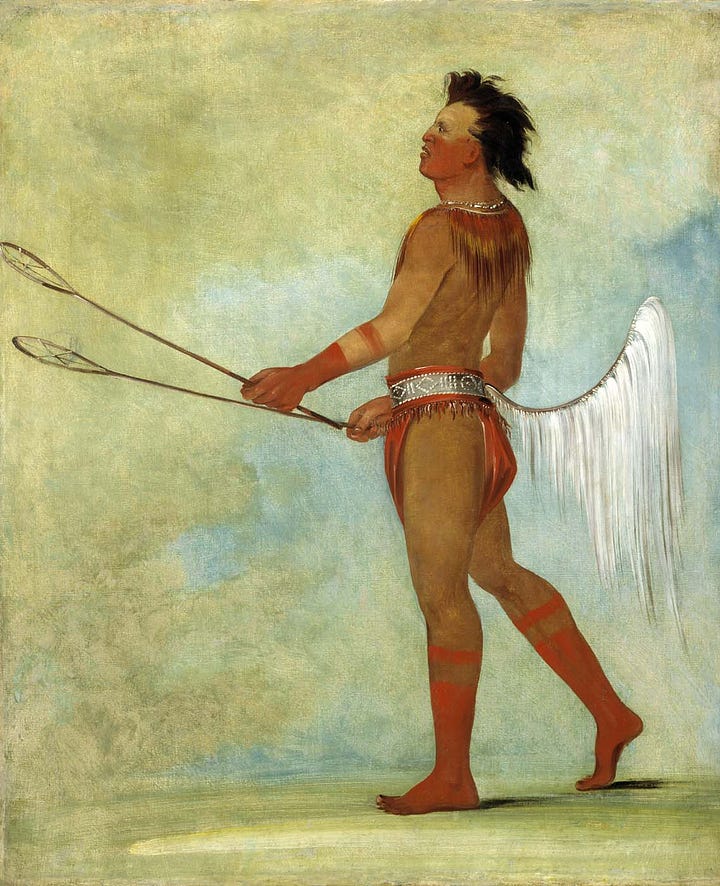
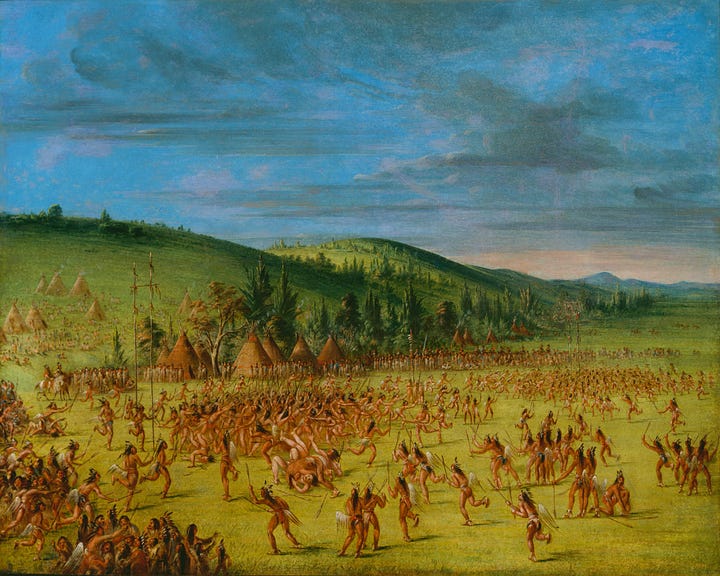
My wife’s maternal line descends from the Choctaw and Chickasaw Nations. Annie’s mother, Joanna Kay Cudd, was born and raised in Oklahoma in the 1930’s and 40’s during a time where long-held systemic racism was the norm and being Indian was definitely a disadvantage. Joanna was equal parts Choctaw/Chickasaw and European, with German, Irish and English heritage. Joanna and her older brother, Coy Cudd, Jr., had darker skin than their siblings with black hair and blue eyes. She was encouraged by her parents to dress and look “white”. The Choctaw Indian school known as the Wheeler Acadamy (1871-1955), forced many of Joanna’s ancestors to assimilate, losing their culture, traditions and language in a legacy of physical and emotional abuse.
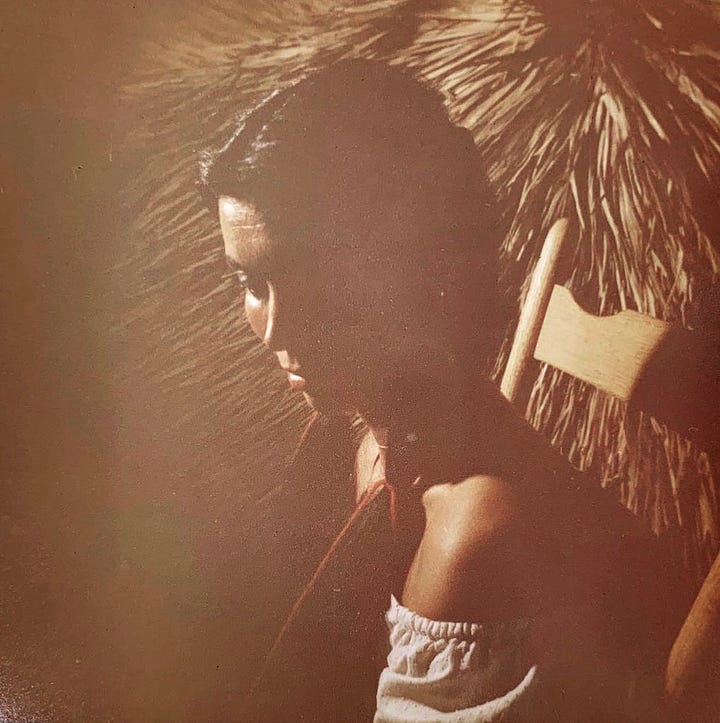

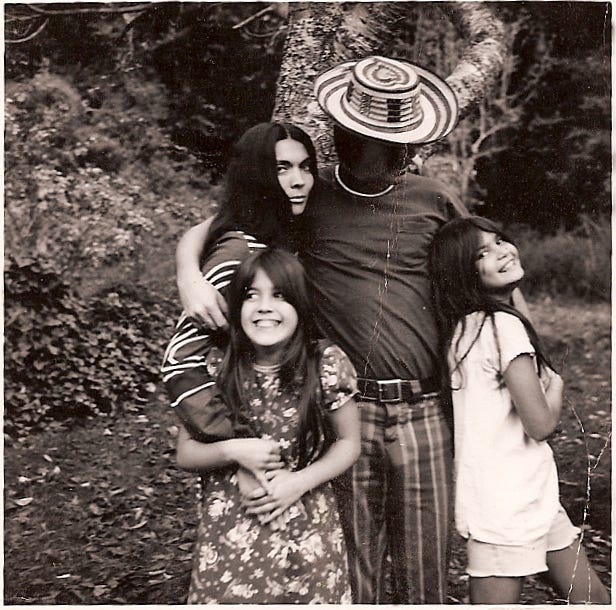
Through oral history documented by Joanna’s uncle in 1962, the family’s matriarchal ancestral Turtle Clan line was traced back to a Chickasaw woman named Mahate that walked the Trail of Tears with her young son, Solomon Goforth and his brother, William Goforth. The history of their white father has been lost but his surname has continued through generations. Solomon married a Choctaw woman named Caroline McCoy and his brother William married Caroline’s sister, Luisa McCoy (see photo). They built a life of farming and ranching on their land allotments. Solomon and his cousin, Captain Peter Maytubby, joined the First Regiment of the Choctaw and Chickasaw Mounted Rifles and fought with the South during the Civil War with the promise from the Confederacy that if they won they would give statehood to Indian Territory with the Statehouse controlled by the tribes.
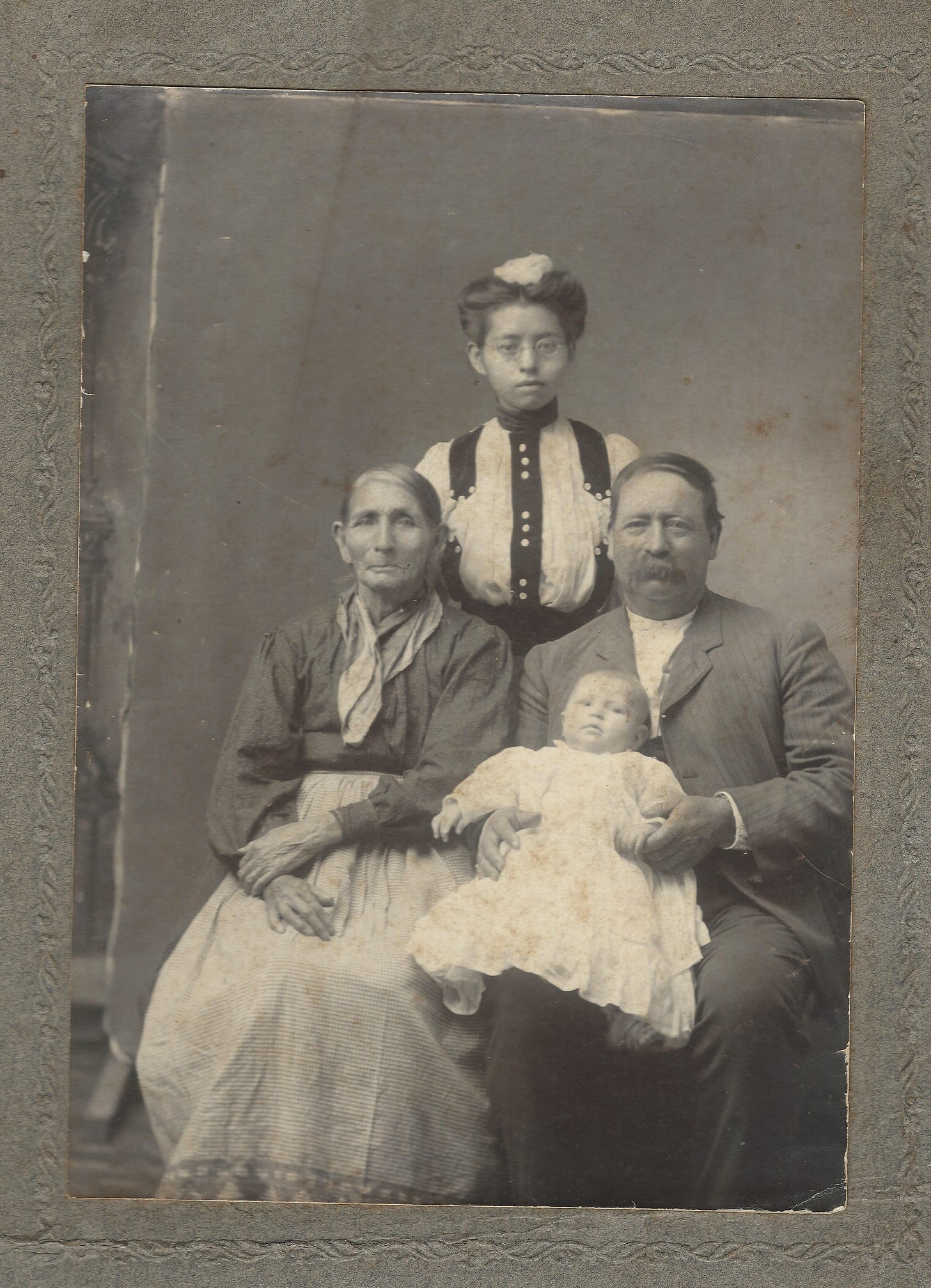
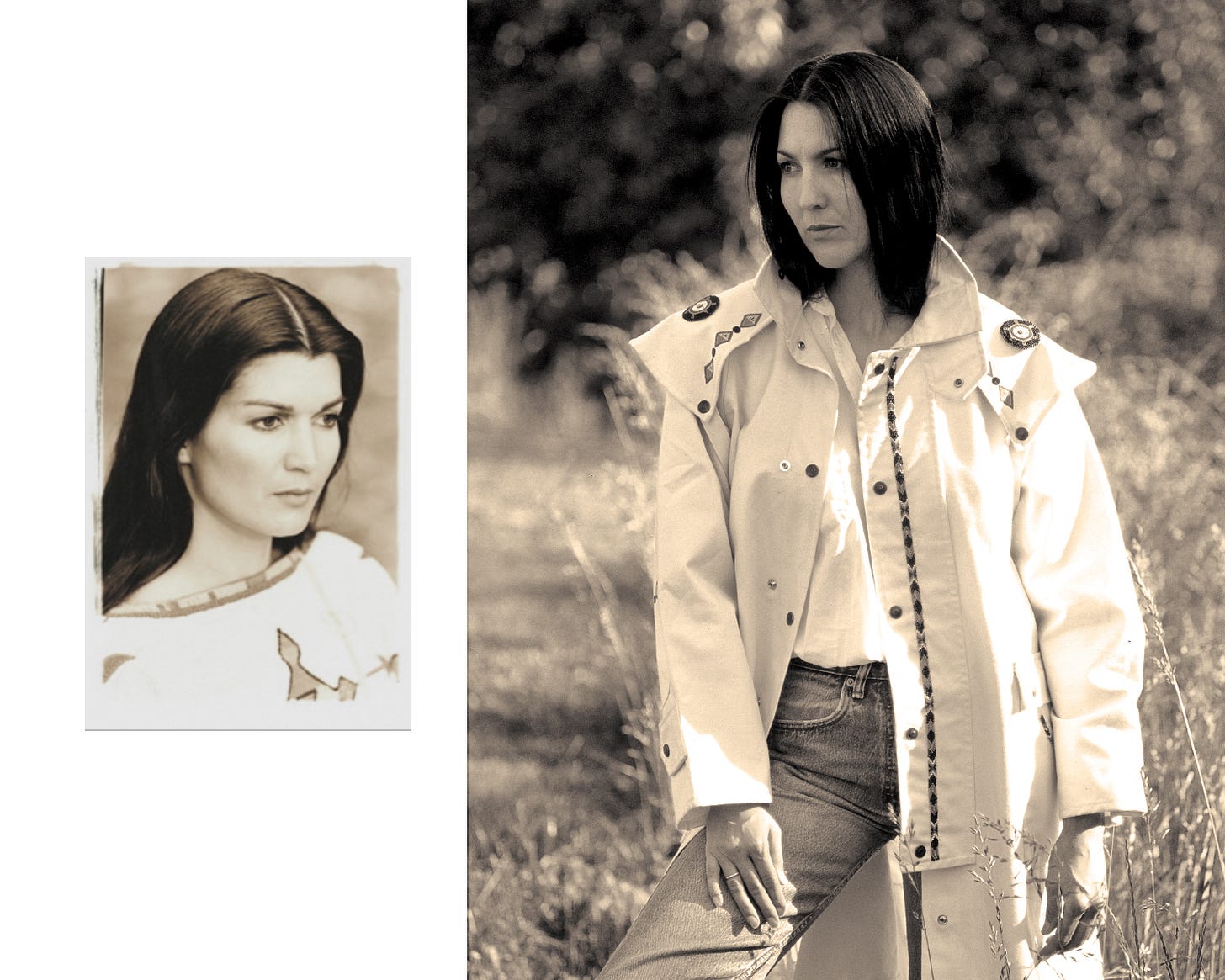
The relationship between Ireland and the Choctaw was rekindled in 1992 when men and women from Ireland walked the Trail of Tears to raise money for the famine in Somalia raising $170,000. In 2017, the Irish Head of State visited the Choctaw Nation to announce a scholarship for Choctaw youth. In that same year, a sculpture commemorating the original gift and on-going relationship called “Kindred Spirits” was erected in a park in Midleton, Ireland. Recently, when Covid was striking at the heart of Native America on the Navajo and Hopi Reservations mostly effecting the elderly people in Ireland donated to a Go Fund Me campaign that has raised over $8 million to date for food, supplies, and medicine, with at least 25% of funds coming from the Irish people in small donations. The Choctaws are currently erecting their own sculpture to commemorate the act of giving on the grounds of the Choctaw Capitol in Tuskahoma, Oklahoma. It will be known as the Eternal Heart, the heart representing the Choctaw people, intertwining with an infinity shape, a Celtic Knot, representing the Irish people
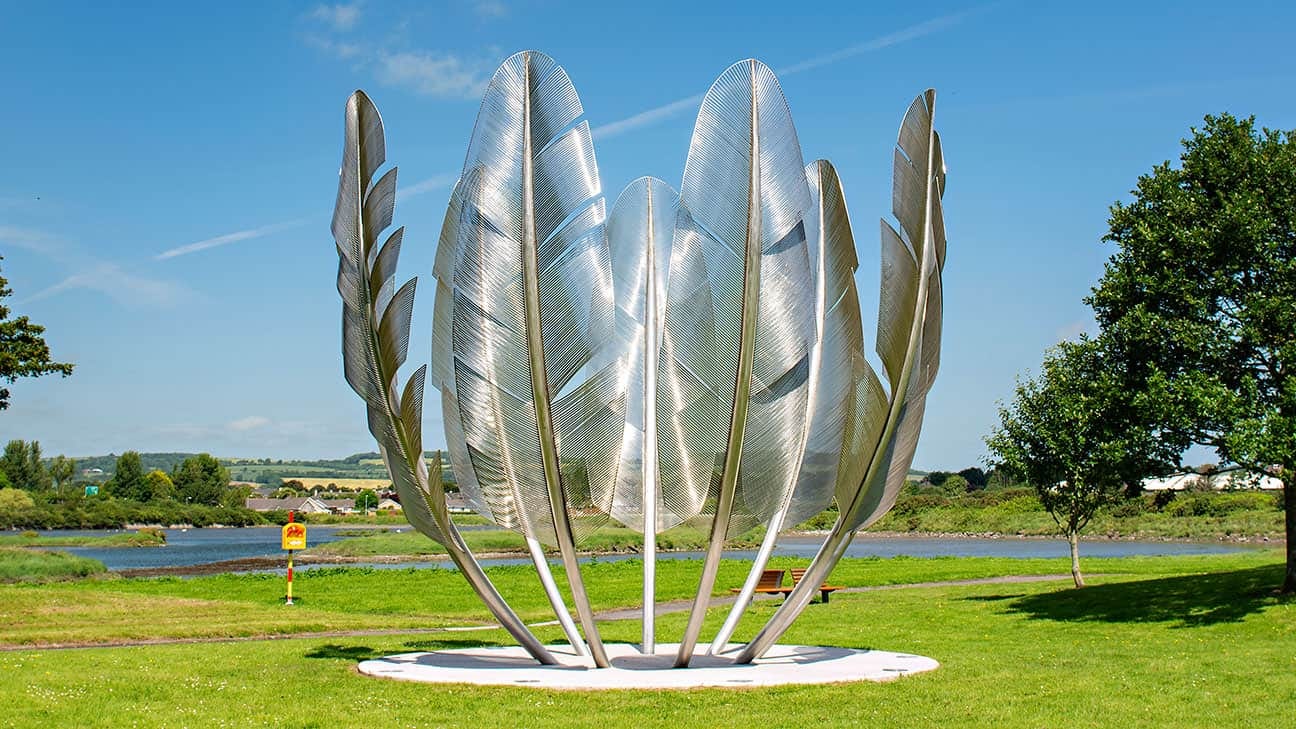
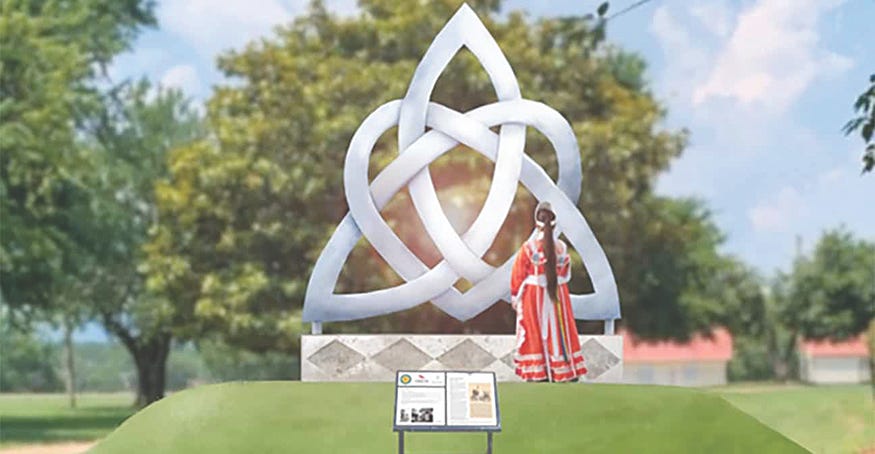
Annie’s Native American ancestry holds a story for us all, our children and our grandchildren. As I continue to thrive as a cancer survivor I’m inspired by stories like this of human compassion and giving. Over the last year of my cancer treatments we’ve been amazed at the empathy from family, friends, colleagues and strangers to see us through a dark time. The nature of giving and receiving seems to be a survival advantage within the human landscape, when someone is down others lift him up, whether it’s one person or an entire nation. The power of paying it forward, across oceans and over generations, is a powerful, transcendent response to kindness. Annie and I look forward to our turn.
Addendum: I offer this brief anecdote of connection from my Norwegian-American heritage…
My father was a descendant of Norwegian immigrants to America. He grew up in a small town in North Dakota where the main difference between people was if you are Lutheran or Catholic, Norwegian or German-Russian. My dad was interested in Native Americans and their cultures living on reservations within his state; the Turtle Mountain Chippewa, the Spirit Lake Nation, the Mandan-Hidatsa-Arikawa, and the Standing Rock Sioux tribe. He earned his PhD in Social Planning with an emphasis on Native American values. In 1972, he consulted with a team of people at the University of North Dakota (UND) in Grand Forks led by Bob Eelkema, MD (Bob and my dad became lifelong friends) to “ recruit, train, and graduate American Indians into the health professions with the goal that they return to reservations or other underserved rural communities to practice.” In 1972, there were only 26 American Indian physicians in the United States. The program, Indians into Medicine (INMED,) have since graduated over 250 American Indian and Native Alaskan physicians and over 300 health sciences students.
Our son Nils and his wife Brooke visited Joanna’s ancestor’s homeland in Oklahoma and met a distant cousin descended from Mahate through the Solomon Goforth (Chickasaw) and Caroline McCoy (Choctaw) line. She was the director of the Chickasaw Health Care Center at the time. When her daughter was born she named her Mahate in honor of the family matriarch. Her daughter went through the INMED program at UND and became a doctor. Mahate returned to her Indian roots in Oklahoma to practice medicine. A few years before my dad died at 91, Nils told him this story of the Goforth’s and Wanberg’s family lines intertwining with each other, just like the heart and the Celtic knot of the Heart sculpture. What started with a courageous woman named Mahate that walked the Trail of Tears over 180 years ago, to an intelligent descendant named Mahate that became a doctor generations later, this is a story of grit, perseverance and DNA to add to our family culture. My dad was pleased to learn of the connection.


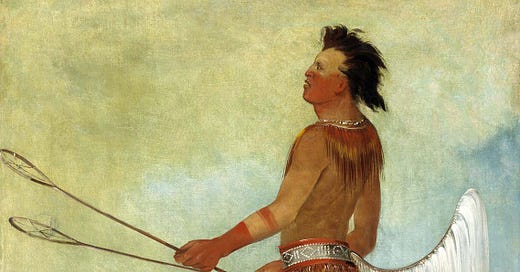


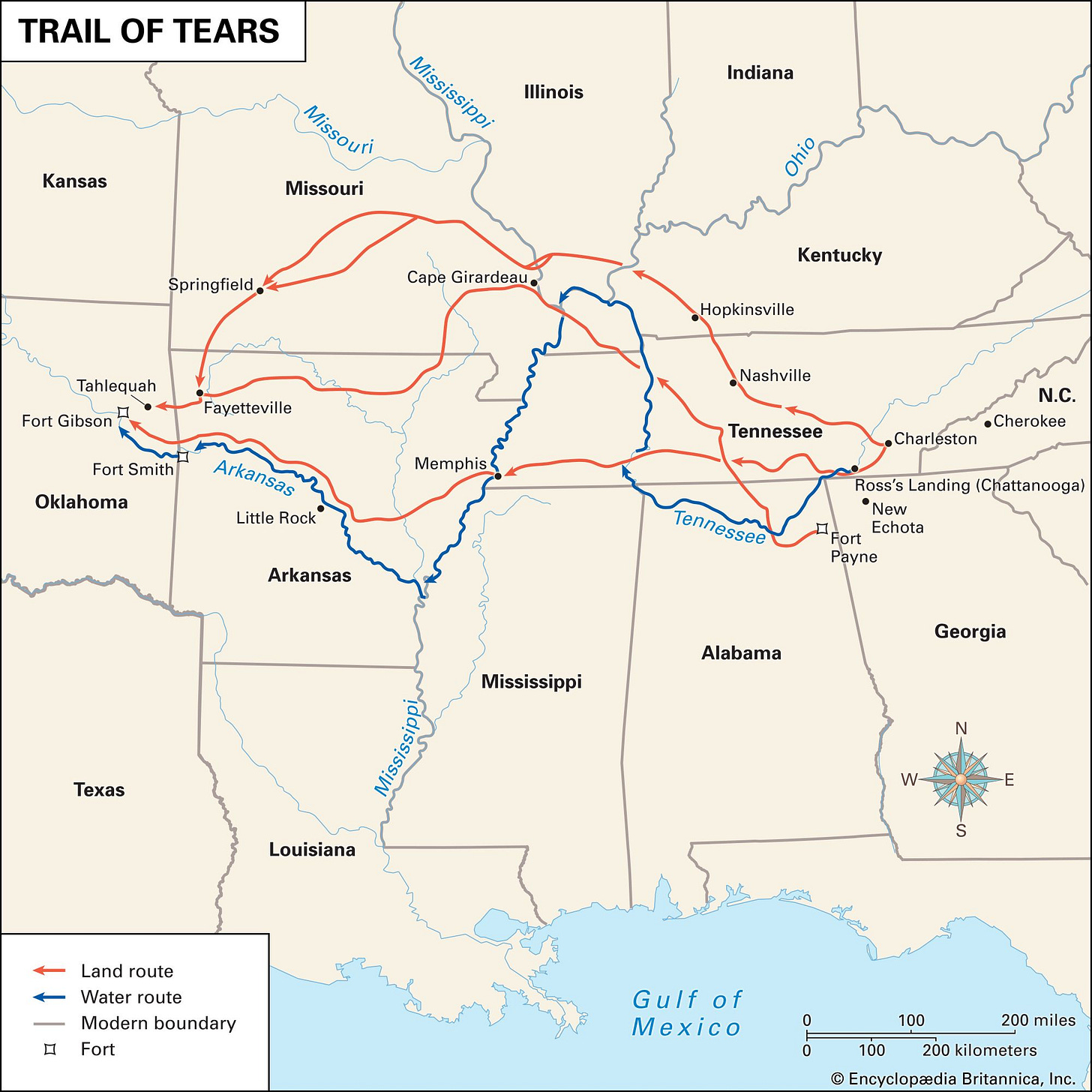
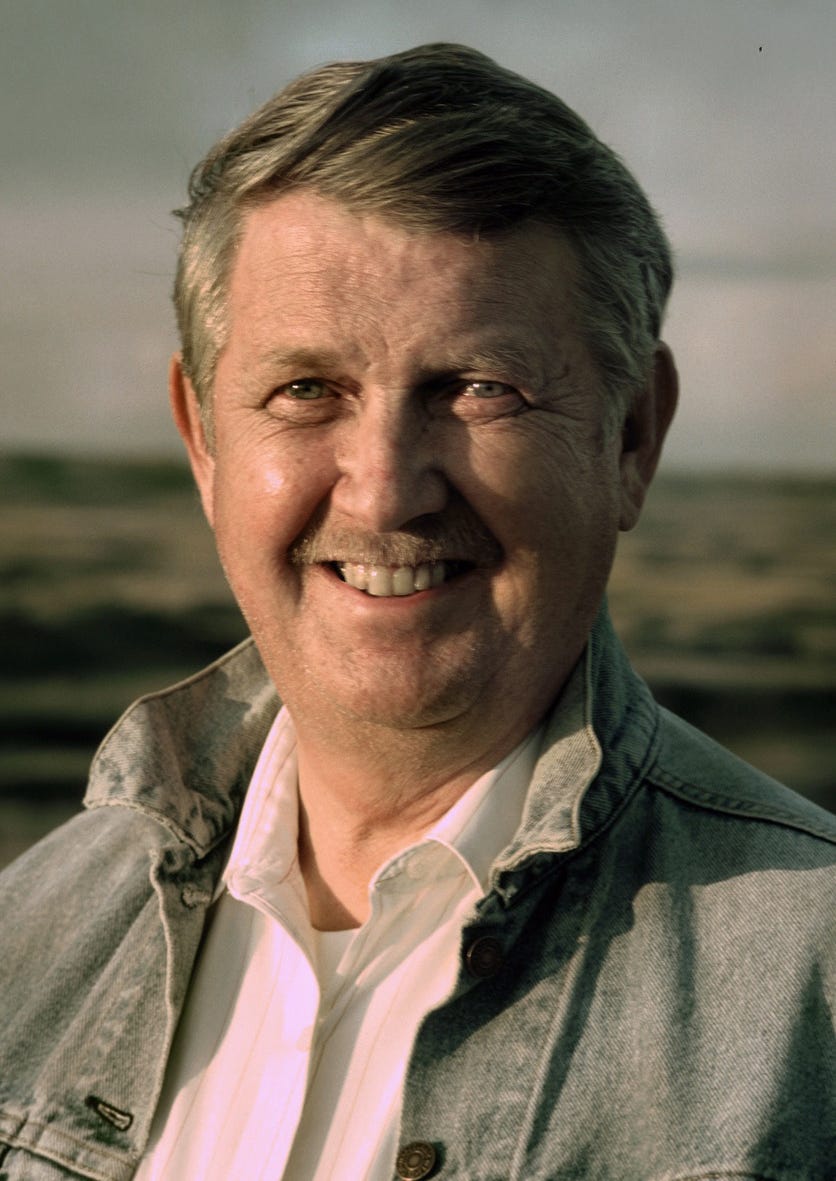
Mr. Wanberg, my name is Robert Steven Eubanks, son of Mary Lee Goforth Eubanks, Daughter of Clifton Leeper Goforth, son of William Harrison Goforth, son of Solomon Selma Goforth, Son of Mahate. I loved this article and was so excited to see that it mentioned my Great Great Great Grandmother Mahate as well as another ancestor of mine, Eli Perry Goforth. I would very much like to hear from you as well as the descendants of Mahate mentioned in this article. My personal email address is steveneubanks07502@charter.net. I have found some information that suggests Mahate's husband may have been a William Cornelius Goforth. I'm wondering if you have any additional information. Anyway, thanks for you writings, I really enjoy them and if you have more related to the Goforths, I'd love to know what they are. I sincerely hope to hear from you. Take care
Wow that's interesting cuz that's my aunt Joann